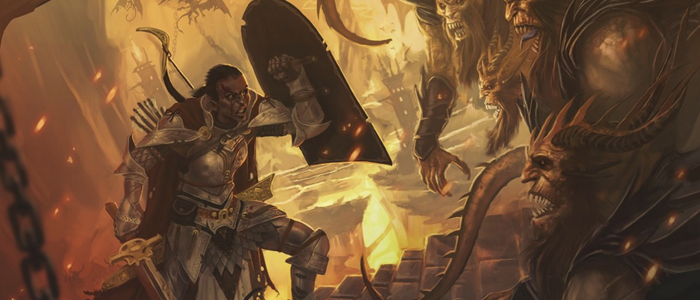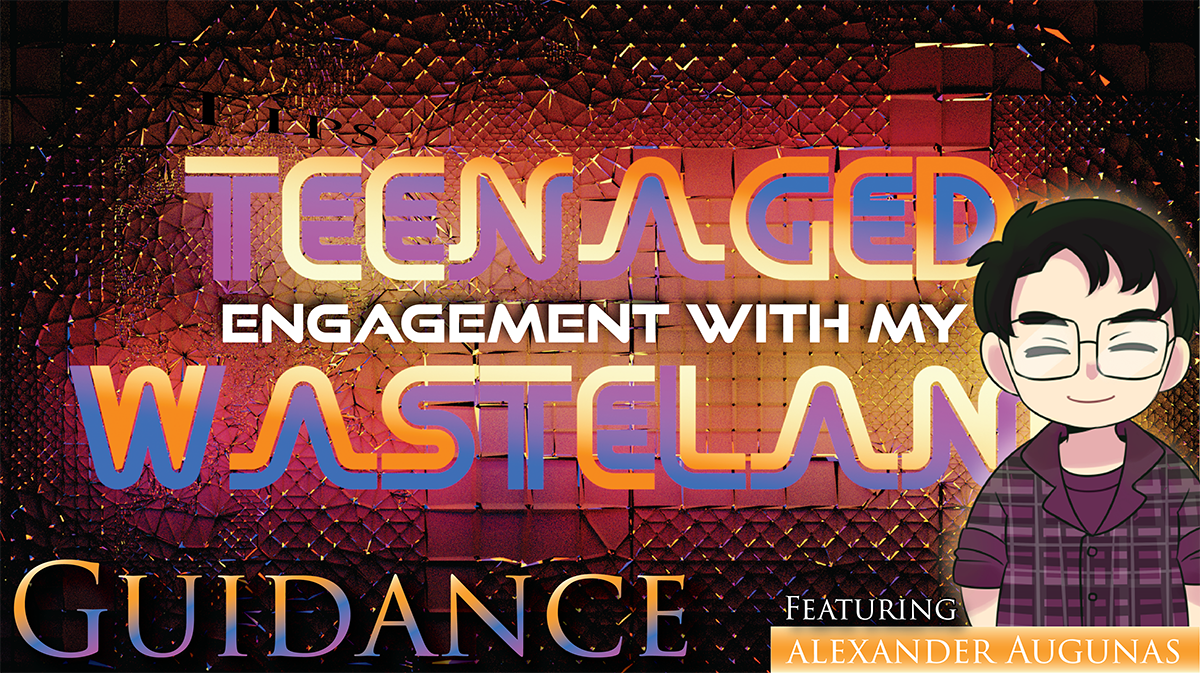Last time on Fox’s Cunning, I answered a question I see asked and answered on social media every year. This week, I’m answering a question social media couldn’t answer to my satisfaction: What is the best camera to livestream detailed game accessories, such as cards and miniatures? Whether it’s painting miniatures, cracking open packs of Pathfinder Battles Miniatures or Magic: the Gathering, or even streaming card games online with your friends, there is a plethora of options with sadly limited support. But with the right camera, you could even play an online game with actual miniatures and terrain instead of using roll20, if you can’t wait any longer to show off your kickass terrain! About a month ago, I streamed opening a case of Pathfinder Miniatures on Discord, and the results were mixed. We had a great time talking to the owner and host of minisgallery.com (and getting a look at his extensive collection of Pathfinder miniatures), but watching me crack open new minis via potato-quality webcam wasn’t as fun. But I wanted to try it again when the next set of miniatures is released, so I set out on a quest: What is the best, and most cost-effective way, to livestream detailed gaming accessories?
Note: All hardware is different. All settings are different. Your webcam might work better than my DSLR. Your document camera may make my cellphone look like the latest flagship model. Testing is what is important, but you can’t even begin to test without knowing your options. You’ll want to read the text to these to understand the difference, as these are still images and we are discussing video!
Camlink:

Pros: Highest Resolution; Uses Existing DSLR; Camlinks can be cheap (but watch out)
Cons: Cameras are Expensive; Requires Newer DSLR; Can Overheat; Variable FPS
A Camlink is a USB dongle that lets you connect a digital camera to your PC. If you have a newer digital camera, this is a valid option. Many DSLR models don’t even need the USB dongle, which can range in price from $20 to $200 depending on features and compatibility. This naturally is the highest resolution option. But I’ve read that certain cameras can overheat, as most DSLR cameras are not intended to be used as video cameras. The heat from doing this can damage your camera permanently, so I’d check the model and look up reviews. I suggest you don’t cheap out on the camlink if you value your camera. And not all cameras are compatible: My 4 year old Nikon was designed to stay in gallery mode whenever connected via USB to prevent it from being taxed as a camcorder in certain jurisdictions. There are third party firmware hacks that can “fix this”, but you risk bricking your camera!
Cellphone:
Pros: Cheap (if you own one); Decent Focus
Cons: Connectivity; Awkward Resolution, Bad Auto-Focus; Phone Calls; Overheating
You already have a phone with a camera, right? There are a few apps and tutorials out there for turning it into a webcam, but unless you have a flagship phone I wouldn’t recommend it. While the first photo above looks ok, it took two attempts before the auto-focus kicked in. The connectivity of your phone over wifi can be spotty (although there are ways to potentially jerry-rig a solution using a USB cable). And, worst of all, someone can call you while you are mid-stream and ruin your video. You can go airplane mode, but then you risk missing out on an important phone call.
Webcam:
Pros: Plug-and-Play; Good FPS
Cons: Usually Bad Resolution/Focus; High-Demand/Short-Supply
This is the most obvious solution and can work if you have a really good webcam. They are still in high demand and hard to find this year, but after everything settles down I wouldn’t be surprised if a glut of used webcams makes it a buyer’s market. But most webcams are designed for video conferences, not photographing tiny detail. If you have an expensive webcam with zoom and focus features, give it a shot. Personally, I like having a webcam for my face alongside another option. Becuase if you want a dedicated set-up, I will still recommend…
Document Camera:

Pros: High Resolution; Adjustable Neck; Built in Lighting; Amazing FPS
Cons: New Models are Pricy; Used Have Old Drivers
A document is a real-time image capturing device intended for use in presentations, usually with large screens or projectors. They can also be used to scan quickly pages of a book or binder quickly, making them ideal for PFS players that want backups of paper boons and chronicle sheets. They have some great additional features like zoom, auto-focus, pan, adjustable necks, and LED lighting. They are usually around $500, but you can find them on the secondary market between $100 and $150 since used ones are frequent when schools and conference centers upgrade their old cameras. Make sure to check the manufacturer’s website for drivers compatible with your OS before you buy a used document camera. While most are Windows 10 compatible, many older models are not compatible. I also found that trying different USB ports helped.








